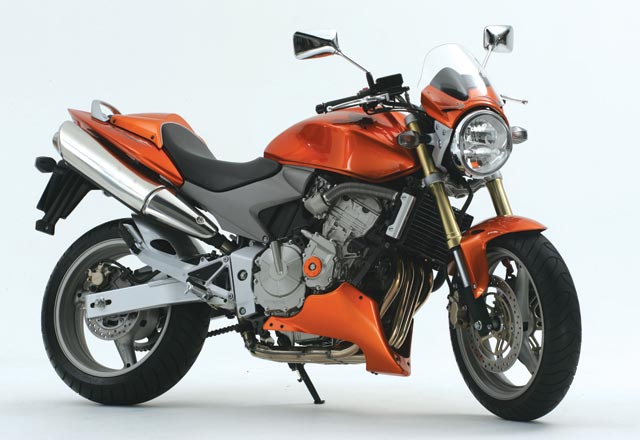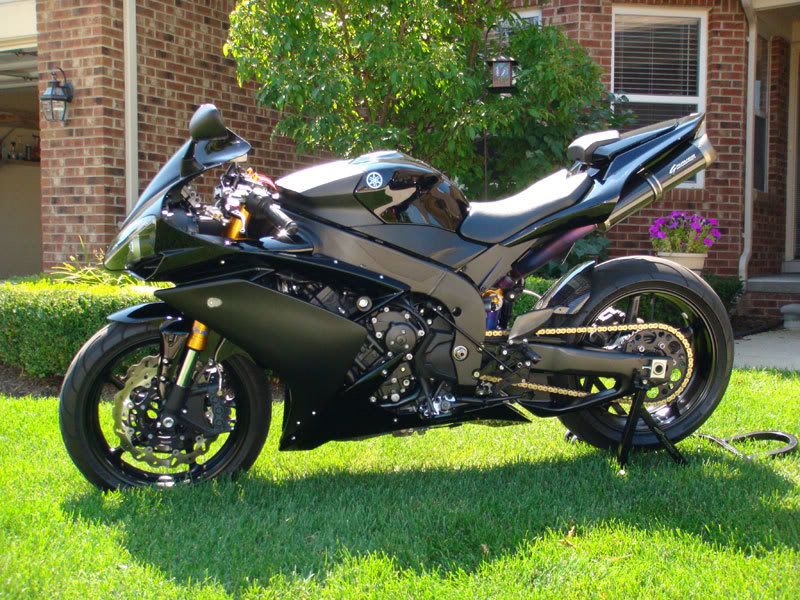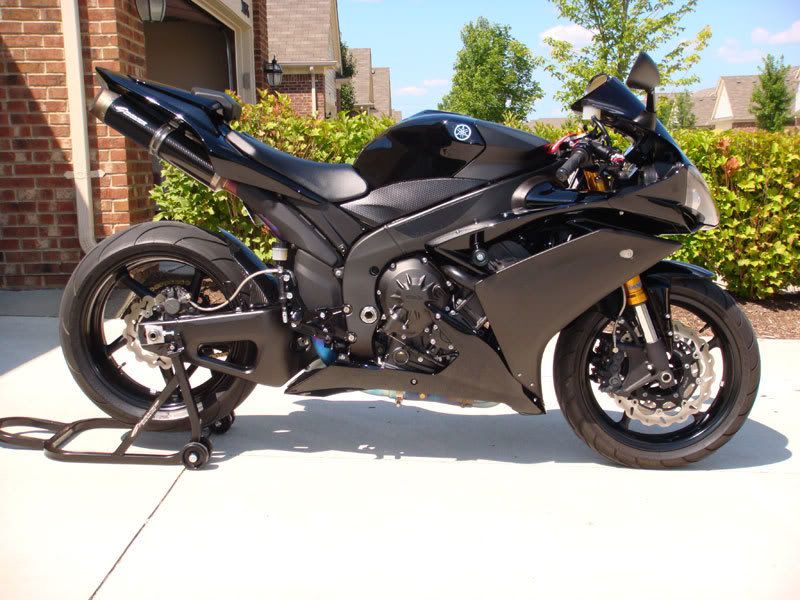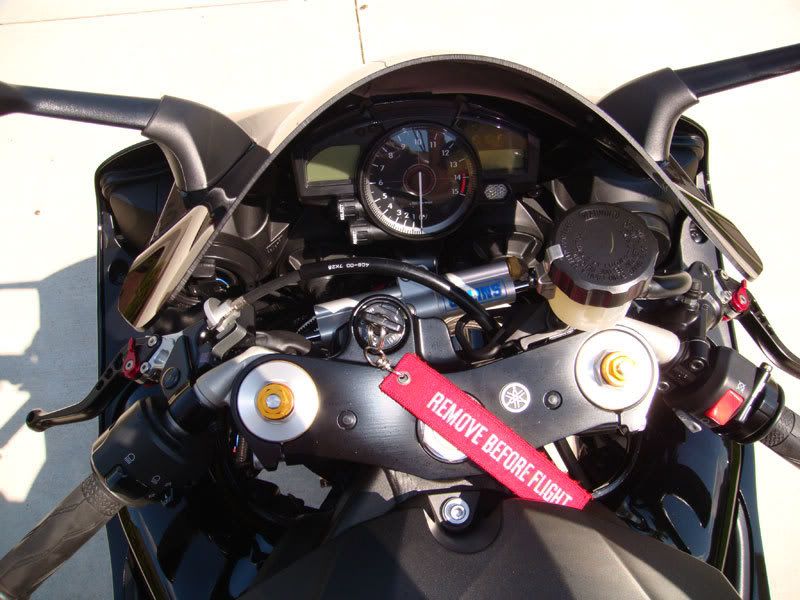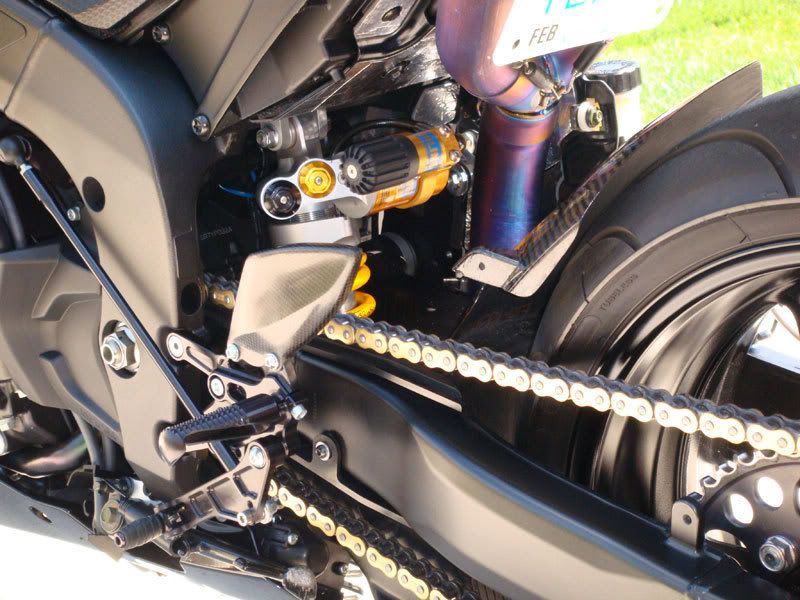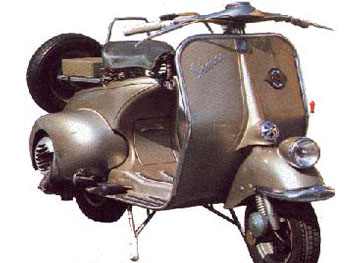New Bikes: Suzuki Shogun 125RR and 125SP
I know this post is a little bit late. I was thinking whether to include this bike or not on this blog because this blog is mostly about Yamaha cub bikes but I can't resist the temptation given by Shogun 125 SP by Suzuki.
When I was studying in secondary school, my father bought me a Suzuki Best 110. At that time, there were Yamaha SS 110 and RG Sports 110 as the contender to Best 110. So, I think it is also relevant to put it into this blog.
The wow element that I can find in this Shogun is on the installation of front and rear disc brake. Front and rear disc brake is very hard to find fitted on cub bikes. The bikes that I know have this kind of installation is Yamaha 125Z and Suzuki RGX 120 in Malaysia. In Thailand, it is a different story because they have a lot of cub bike fitted with front and rear disc brake like Honda Sonic, Honda Nova, Kawasaki Leostar, Yamaha X1R and many more.
The other good element in this Shogun is the availability of manual hand clutch which gives better acceleration and torque to the bike. The other bike that have manual hand clutch is Yamaha LC135ES only.
The sport rim is also my favourite because it features the Y-spoke. Y-spoke sport rims is used in many popular bike like Aprilia RS125 and Kawasaki Ninja ZX250R. Both which are also my favourite bike other than Yamaha.
The downside of this bike is the use of old style rear suspension which is still NOT monoshock. This make the overall looks of the bike look safe and nothing special. You can modified your LC135 to get front and rear disc brake, but it is much much harder to change the double shock system to monoshock system. One more thing is about the displacement(cc) of the Shogun. It is only 125cc where nowadays the buzzword is 135cc. I really think Suzuki need to do something about it.
The Suzuki SV1000S, Good Secondhand Choice
 The Suzuki SV1000S is a superb new or secondhand motorcycle choice, the 1000cc V-twin engine is placed in a simple roadster chassis with a frame-mounted half fairing and fully adjustable suspension motorcycle. The Suzuki SV1000S is easy to ride, also very good on the power side and comfort – but somehow just a little bland, which is probably why it never sold in large numbers worldwide. Still the Suzuki SV1000S can be bought relatively cheap compared to what it offers.
The Suzuki SV1000S is a superb new or secondhand motorcycle choice, the 1000cc V-twin engine is placed in a simple roadster chassis with a frame-mounted half fairing and fully adjustable suspension motorcycle. The Suzuki SV1000S is easy to ride, also very good on the power side and comfort – but somehow just a little bland, which is probably why it never sold in large numbers worldwide. Still the Suzuki SV1000S can be bought relatively cheap compared to what it offers.The Suzuki SV1000S look similar to the Suzuki SV650, but with twin exhaust pipes. Stock one are quiet but they're easy to replace and replacement can increase the horses pulling this motorcycle.
The liquid-cooled, 4 valve DOHC per cylinder, four-stroke 1000cc V-twin engine is the same as in the Suzuki V-Strom DL1000 big trail style motorcycle. It's then no surprise that the SV1000S engine produces about 120 horsepower.
In the early days of this engine the biggest glitch was a incorrectly machined crank on some earlier models, which caused a horrible knocking sound. But then it was just a sound and nothing was actually going to break.
Riding the Suzuki SV1000S is a pleasure, the handling of the Suzuki SV1000S is excellent, cornering is very easy. Comparing the SV1000S with its smaller brother we have to conclude that the SV1000S is actually easier in the corners then the Suzuki SV650. The suspension of the Suzuki SV1000S isn't the best but it is fully adjustable. It's worth experimenting with it if you're not happy with the handling. Adjusting the suspension can make a huge difference to the riding pleasure.
The Yamaha XJ6, The CoolNew Middleweight
 2009 sees an addition to Yamaha’s middleweight collection in the dynamic new Yamaha XJ6, the naked version of the 2009 Yamaha XJ6 Diversion with a character all of its own. This striking all-new 600 with its lightweight new chassis, stylish bodywork and low seat height is ideal for both new and experienced riders looking for a beautifully-designed performance middleweight.
2009 sees an addition to Yamaha’s middleweight collection in the dynamic new Yamaha XJ6, the naked version of the 2009 Yamaha XJ6 Diversion with a character all of its own. This striking all-new 600 with its lightweight new chassis, stylish bodywork and low seat height is ideal for both new and experienced riders looking for a beautifully-designed performance middleweight.Technically the Yamaha XJ6 shares the same bases as the Yamaha XJ6 Diversion, but with a contemporary and agile roadster look. Its newly-developed four cylinder engine and responsive torque makes this The cool all-rounder – whether you’re on the motorway, in town or on twisting back roads this bike has a consistency of performance to delivery a truly special ride every time.
Complementing the wardrobe of the Yamaha XJ6 are several new accessories for an extra practical touch or hint of individualism. A rear carrier complete with top-case stands alongside a flip-up screen and a new range of soft and durable luggage bags. The Yamaha XJ6 engine guards, among other items in the spectrum of add-ons, show the high degree of quality, design and style typical of all products leaving Yamaha’s factory floors.
The Yamaha XJ6 is powered by a 600cc liquid-cooled 4-stroke inline 4-cylinder engine with all-new internals, this cool-looking middleweight delivers easy controllability together with strong all-round performance. A newly designed easy-action clutch makes for smooth gear shifting, and the stylish 4-1 exhaust and compact midship muffler give this new 600 a seriously sporty image. The combination of a lightweight tubular diamond-type frame together with 41mm front forks and an efficient Monocross rear suspension system ensure agile handling performance in the city, through mountain passes and out on the highway. A low seat height enhances overall controllability at low speeds – and ABS available as an option.
The Tiger Boxer 250 RS, The Thai All-Rounder Bike
 The Tiger Boxer 250 RS all-rounder. Now there's a whishy-washy term. Giving motorcycles labels – sportbike, tourer, cruiser – gives us a mental picture of what we're getting. But the 'all-rounder' badge often suggest a bland compromise that's neither nowt nor summat.
The Tiger Boxer 250 RS all-rounder. Now there's a whishy-washy term. Giving motorcycles labels – sportbike, tourer, cruiser – gives us a mental picture of what we're getting. But the 'all-rounder' badge often suggest a bland compromise that's neither nowt nor summat.Or it used to. Recently the all-rounders have become leaner and more capable. In Thailand the all-rounder bikes come from Tiger Motorcycle, which manufactures the Tiger Boxer 200 R and the Tiger Boxer 250 RS they offer genuine all-day comfort, practicality and ease of use in packages that can also excite.
Tiger Motorcycle's new Tiger Boxer 250 RS follows the trend for taller, more upright all-rounders. It's based on a perky 250cc single cylinder engine, slim flanks, low weight and firm suspension. It has a roomy riding position and ample pillion space to keep it useable. It even has optional hard luggage.
Looking at the Tiger Boxer 250 RS, with its sporty looks, newly designed aluminum swingarm and inverted front forks, it is hard to belief that this motorcycle has no competition on the Thai motorcycle market. The closest rival would be the Kawasaki Nina 250R, but the Kawasaki is more a sportbike, and cost twice as much so the Tiger Boxer 250 RS should be just what you need. That's the theory, anyway. Dicing with traffic, pedestrians and urban chaos is demanding and the Tiger Boxer 250 RS rules in the city, while offering enough power and riding comfort to do some out-of-town touring.
The Tiger Boxer 250 RS shines at his job as all-rounder bike, particularly the engine. The engine can rev remarkable easy, without being to revvy in nature, the 250cc single cylinder give a smooth surge between 6000 to 8500rpm that's perfect at real road speeds.
The Tiger boxer 250 chassis has a similar undemanding character. A light feel and ample leverage from the handlebars gives easy, prompt direction changes – picking off traffic and slipping through congestion is a breeze, especially from the elevated upright riding position.
Harley-Davidson XR 1200
 Harley-Davidson will be launching new product XR 1200 Sportster for Euro market 2008 this year. XR 1200 Sportster which became inspiration from Harley-Davidson XR 750, in planning handling so good for on the road.
Harley-Davidson will be launching new product XR 1200 Sportster for Euro market 2008 this year. XR 1200 Sportster which became inspiration from Harley-Davidson XR 750, in planning handling so good for on the road.
XR 1200 Sportster this was results of collaboration between Harley-Davidson Milwaukee product development and the team product planning they in
The wheel in front of this motor used the rim berjari three with the diameter 18 inch now for the wheel behind used the diameter 17 inch. The two wheels together used disc brakes. When the wheel behind used single the piston, the front wheel used dual the piston. Reportedly, XR 1200 Sportster this was sold by Harley-Davidson with the price 7.755 sterling pound or around Rp.132.000.000. Interested? You could look first around tampilan him in his photograph gallery.
KAWASAKI KSR
Kawasaki KSR Mini Supersport Bike
Kawasaki KSR : Touch the amusement of KSR the power is bold with 110 cc 4 stoke motors s give you has driven on hardship way dextrous or on way smooth road has swiftly , the figure passes to pass close by , nimbly modern the source and the Technology in now divisibly...

Cylinder capacity : 111 cc
The ratio is compressing : 9.5:1
Cylinder x distance draws : 53.0 x 50.6 mm.
Dot system bursts : DC-CDI
Start system : Easy KICK
Capacity fuel : 7.3 liter
W x Lx H : 1,670 x 705 x 995 mm
Height : 225 mm
Space of wheel : 130 mm
Junction front/back wheels : 1,165 mm
Weight : 82 kg
Front suspension : UPSIDE-DOWN
Rear suspension : Swing arm
Brake : Disk Brake
Front wheels : 100 / 90-12 (49J / TUBELESS)
Back wheels : 90 / 90 - 14
Battery : 12V 3.5 AH
Honda XL700V Transalp
Honda has launched the 2008 Honda XL700V Transalp at the 2007 Paris Motorcycle Show in a new motorcycle line-up which also includes the 2008 Honda CBR1000RR FireBlade and the 2008 Honda CBF600 and CBF600S.
The 2008Honda Transalp marks the first update for several years for the perennial Honda which has always had a reasonable following on the continent. The styling has been brought up to date with new bodywork, a smaller frontal area, and a bikini windscreen.
The Honda is also narrower overall, and rather than trying to shield the rider from any windblast, the motorcycle now tries to use it to enhance comort and take weight off the motorcyclist. The 2008 Honda Transalp has a smaller tank size than previous models, but the actual range is extended due to improved fuel economy.
Honda CBR1000RR


2008 Honda CBR1000RR
At the heart of the CBR100RR is an all-new 999cc engine. Honda has reverted to a more oversquare bore/stroke combo with the new engine now utilizing 76mm x 55.1mm bore/stroke versus previous model’s 75mm x 56.5mm arrangement. It sports eight new lightweight 30.5mm titanium intake valves and a slightly higher 12.3:1 compression. A slightly bigger bore and a shorter stroke motor have the potential to be a scorcher.
A new dual stage fuel injection system (DSFI) incorporates 46mm throttle bodies featuring a pair of 12-hole Denso injectors per cylinder. Powering the new FI system is a smaller ECU that provides two separate fuel injection and ignition maps for each of the four cylinders. Dispersing the engine’s power is a new MotoGP styled mid-muffler exhaust system that is tucked low which help keep mass centralized down low.
 The CBR1000RR features a cable actuated slipper clutch which will bridge the gap between the engine and the close-ratio six-speed transmission. Clutch lever pull is light and smooth which is definitely going to be a big plus around town.
The CBR1000RR features a cable actuated slipper clutch which will bridge the gap between the engine and the close-ratio six-speed transmission. Clutch lever pull is light and smooth which is definitely going to be a big plus around town.The new Honda CBR1000RR also has an all-new twin-spar aluminum frame that utilizes hollow fine die-cast manufacturing process. With wall thickness measuring a scant 2.5mm, Honda engineers have designed frame members to attain specific rigidities in particular pieces. As a result, the '08 frame has been reduced to just four castings compared to the '07 frame which utilized 11 welded sections and this equates to a stronger and lighter frame.
 The frame wasn't the only spot where Honda engineers aimed to reduce weight. The new machine sports lighter aluminum-alloy hollow-spoke wheels and a lighter, more compact battery. Even the front brake hoses and kickstand have been slimmed down. Braking components received a bit of an upgrade in the form of a new monoblock-style radial mount four-piston front brake calipers and highly-perforated dual 320mm floating discs. The 43mm HMAS inverted fork makes a return as well as the Unit Pro-Link rear suspension. This year the swingarm looks quite different as it accommodates the new Moto-GP-inspired exhaust.
The frame wasn't the only spot where Honda engineers aimed to reduce weight. The new machine sports lighter aluminum-alloy hollow-spoke wheels and a lighter, more compact battery. Even the front brake hoses and kickstand have been slimmed down. Braking components received a bit of an upgrade in the form of a new monoblock-style radial mount four-piston front brake calipers and highly-perforated dual 320mm floating discs. The 43mm HMAS inverted fork makes a return as well as the Unit Pro-Link rear suspension. This year the swingarm looks quite different as it accommodates the new Moto-GP-inspired exhaust.For those who need more performance from the CBR1000RR, a full line of genuine HRC components including cams, transmission kit, wiring harness, exhaust system, throttle kit, suspension, air intake kit, and oversized radiator will all be available for purchase in spring 2008.
Ducati Monster 696

Lighter, sleeker and optimised for sporty riding - the 2008 Ducati Monster 696



Ducati released the first official pics of the 2008 Monster 696 in November last year. The all-new Monster wasn’t as radical as we’d been hoping for, but we still liked the bike anyway. The motorcycle press worldwide was recently given a chance to ride the 696, and more details on the bike are now available.
Designed for the city and for twisty mountain roads, the Monster 696 features improved ergonomics, a low seat height (770mm), and fully digital instrumentation, which among other things, also has a built-in lap-timer and is compatible with Ducati’s DDA (Ducati Data Analyser) system.


Looks all right we suppose, though we do wish Ducati had been a bit braver with the 696's styling...
MCN’s Adam Child, who recently rode the 696 in Barcelona, says, ‘On first impressions it kind of feels like the old Monster – there is a lot of character and feel of the old machine – like the position of the tank and the trellis frame. But the new bike is way, way better. The Monster now handles a lot better than the old one. The old Monster had a tendency to understeer, but the 696 handles beautifully with really sharp steering.’
‘Brembo brakes and no weight amount to great stopping power, and it comes with a slipper clutch as standard, so there is no worry for new riders about the engine braking from the v-twin. But the thing that really impressed about the monster is just how good the gearbox and fuelling is,’ says Child.
For those who want a bit more style and exclusivity, Ducati have also released the Monster 696+ which is a specially customized variant of the regular Monster. The 696+ is fitted with a small front fairing and a removable rear seat cowl. But that’s not all – a very wide range of accessories is being made available for the 696. The list of optional fancy bits includes titanium silencers (supplied with a new ECU and air-filter), carbon racing exhaust system, a special touring seat made of high-density foam, LED turn indicators, shorter tail guard, and many carbonfibre bits and pieces.
New Honda Air Blade i
 The latest Honda motorcycle in the Thai domestic line up to get the PGM-FI (fuel Injection) upgrade is the Honda Air Blade. At first glance, the new and stylish Honda Air Blade i looks to be no much different than his none fuel injection brother in the range. This doesn't change when you site on the bike as the lightweight and compact dimensions give little indication of the true engine capability.
The latest Honda motorcycle in the Thai domestic line up to get the PGM-FI (fuel Injection) upgrade is the Honda Air Blade. At first glance, the new and stylish Honda Air Blade i looks to be no much different than his none fuel injection brother in the range. This doesn't change when you site on the bike as the lightweight and compact dimensions give little indication of the true engine capability.But twist the throttle, and rocket off you go, pin the throttle back and it soon becomes apparent which machine you actually on. The Honda Air Blade PGM-FI really does lift its skirt and get a move on.
The 108cc liquid-cooled SOHC single-cylinder four-stroke engine, equipped with the latest on fuel injection and electronic ingestion and fuel control systems making the ride both fun and very rapid. The engine is both torquey and revvy, making the most of any available acceleration.
 With its well designed and proven frame design, well-controlled suspension and perfect balanced rubber, the chassis is tight and accurate through bends. With Honda's Combi-brake technology, the stopping department not only matches this fine handling, it surpasses it.
With its well designed and proven frame design, well-controlled suspension and perfect balanced rubber, the chassis is tight and accurate through bends. With Honda's Combi-brake technology, the stopping department not only matches this fine handling, it surpasses it.

 New Honda Air Blade i
New Honda Air Blade i
YAMAHA R1 MODIFICATION
List of Modifications:
Graves Ti Exhaust w/ CF slip-ons
Graves Rear Sets
Graves Frame Sliders
Galfer Wavy Rotors F/R
Galfer Steel Braided Break Lines
CRG Roll-A-Click levers
Ohlin’s Rear Suspension
Ohlin’s Steering Dampener
GYTR Solo Seat
DynoJet PCIII / Tuned by L7 Motorsports
BMC Race Filter
A&R HID Light Kit
Custom LED Tail Light
Hot Bodies Flush Mount Turn Signals
EK Double Gold Chain
Driven rear Sprocket +3
PUIG Windscreen
Carbon Fiber Works Rear Hugger
Custom one-off fender eliminator kit.
Current HP: 179
The VESPA MODEL
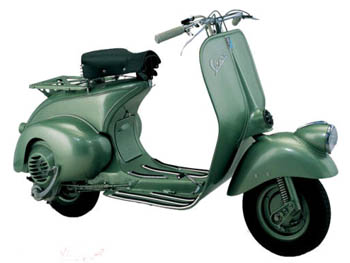
Year of product :1946/1947 VIN :V98
number :01/18079
Production :18079 the unit
Vespa 125 - 1948
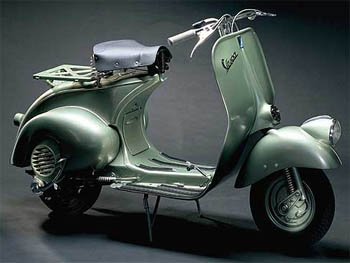
year :1948/1950 VIN :V1T - V15T
the number: 01/104096
the Production: 104096 units
Vespa 125 Hoffmann - 1950
Vespa Hoffmann was produced between knew 1950 - 1954 in Germany. This all was preceeded during in knew 1949, Piaggio agreed gave the licence to Hoffmann to produce and trade in. Vespa 125 Hoffmann not only in trade in in Germany, but also in England and France. D England in knew by the name of Vespa Douglass because perjualan him under the Douglass licence and in France under the PACMA licence.
Naked Muscle: The Kawabusa II



Pics: MidMoMc, via Motoblog
This is, in fact, Wilding’s second Kawabusa, with significant improvements having been made to the original. Apart from various mechanical modifications, the bike benefits from various bolt-ons: carbonfibre front fender and rear hugger, gauges/instruments from a Suzuki GSX1400, headlight from a Suzuki Bandit, Renthal handlebars, BF Goodrich braided stainless steel brake lines, oil cooler and tail unit from a GSX-R1000, Yoshimura exhaust system and a Power Commander.
‘I built this bike because I love the power of the Hayabusa, and the upright riding position of the ZRX. The Kawabusa II sure is a blast to ride,’ says Wilding. But of course…
Funny Front: Tier Motorsports’ Yamaha R1 Concept
Fork off: Tier Motorsports' Yamaha R1 concept, with a single-sided front swingarm
Over the last few decades, some manufacturers and independent specialists have tried to break away from the ubiquitous telescopic front fork, and tried various kinds of alternative front suspension on motorcycles. However, BMW seem to be the only bike manufacturers who’ve ever had any significant commercial success with bikes that had alternative front ends, while the Britten V1000 is probably the only successful racebike that did not use the conventional fork.
In theory, some alternative front ends – the front swingarm for example – can separately deal with the forces generated by braking, steering and cornering a motorcycle, and thus offer significantly better handling. In practice, however, very few of these systems seem to have worked.
In any case, there is no dearth of people who keep trying to find a suspension solution that’s better than the good old telescopic fork, and that’s where Tier Motorsports come in. This company has designed a concept motorcycle, based on the Yamaha R1, that’s fitted with a single-side swingarm and a monoshock in place of the regular USD fork.
Among a dozen other things, the Tier Motorsports’ front end uses a completely vertical steering axis, instead of the tilted steering axis that telescopic forks have to use because of their rake. Claimed advantages are adjustable dive under braking, more consistent steering, increased high speed stability, better ride comfort, full-range adjustability and an increase in braking performance.
The claimed advantages all sound good, but we wonder if this single-sided front swingarm will ever make to production reality. Given how good USD forks on modern sportsbikes have become, the possibility for alternative front suspension being accepted on mainstream bikes looks bleak. That is, unless this kind of suspension is backed up by some other pathbreaking technology, like two-wheel-drive perhaps. A 2WD Yamaha R1 with single-sided front and rear swingarms? Hmmm… now that would be interesting!
Harley Davidson MODIF Gallery

Harley davidson fxcw rocker pictures

Harley davidson fxcw rocker pictures
harley davidson sportster



The Sportster is a line of motorcycles produced continuously since 1957 by the Harley-Davidson Motor Company. Sportster models are designated in Harley-Davidson's product code by beginning with "XL". In 1952, the predecessors to the Sportster, the Model K Sport and Sport Solo motorcycles, were introduced. These models K, KK, KH, and KHK of 1952–1956 are not always considered to be Sportsters, but are definitely the precursors and inspiration for the line.
Harley davidson bikes.. rox

INDONESIAN MODIFIED CONTEST
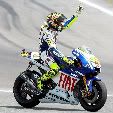


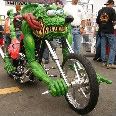

Blog Archive
-
▼
2008
(18)
-
▼
December
(18)
- New Bikes: Suzuki Shogun 125RR and 125SP
- The Suzuki SV1000S, Good Secondhand Choice
- The Yamaha XJ6, The CoolNew Middleweight
- The Tiger Boxer 250 RS, The Thai All-Rounder Bike
- Harley-Davidson XR 1200
- KAWASAKI KSR
- Honda XL700V Transalp
- YAMAHA FINO GIRLY STYLE
- Honda CBR1000RR
- SKYDRIVE MODIFICATION
- Ducati Monster 696
- New Honda Air Blade i
- YAMAHA R1 MODIFICATION
- The VESPA MODEL
- Naked Muscle: The Kawabusa II
- Funny Front: Tier Motorsports’ Yamaha R1 Concept
- Harley Davidson MODIF Gallery
- INDONESIAN MODIFIED CONTEST
-
▼
December
(18)

